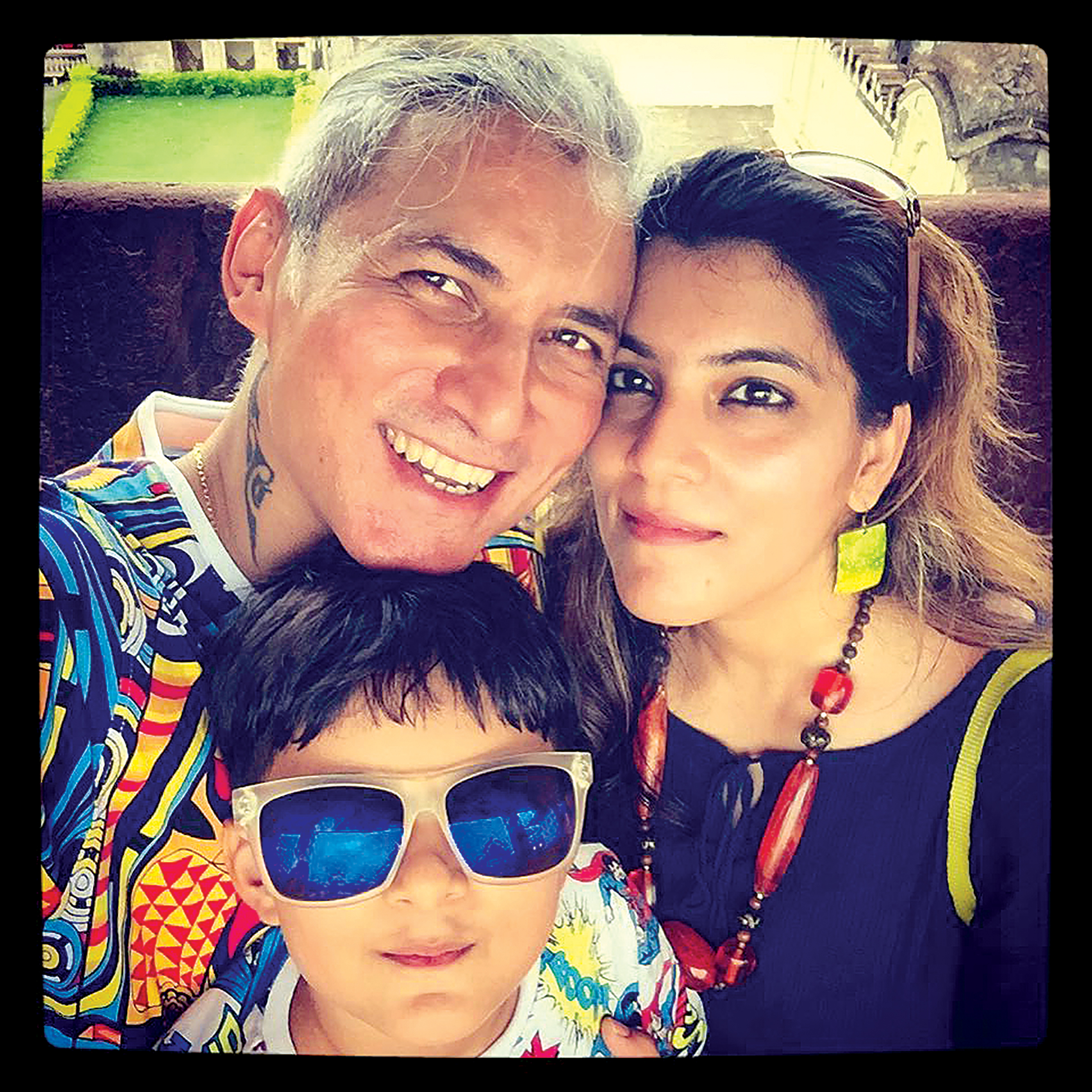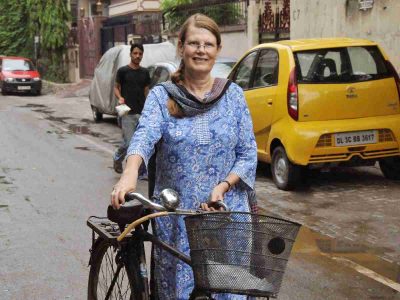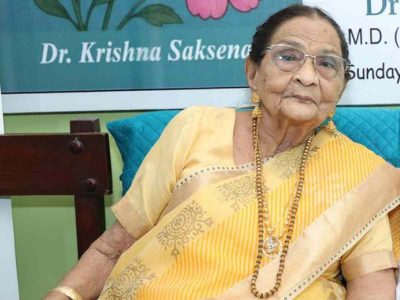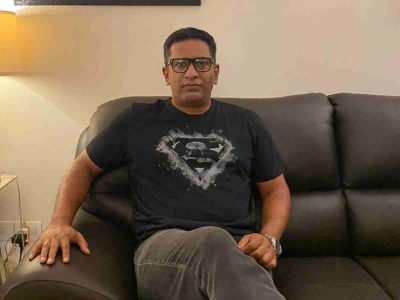Dhiraj Singh quit a promising career in journalism to be an artist and leads an interesting life with his wife and eight-year-old son as partners in his artistic endeavours
Dhiraj Singh, 45, has made unusual choices in life. He follows his heart and perhaps that explains why he quit journalism after 15 years of working for leading publications and channels and opted to be a full-time artist. Currently, he’s hosting a talk show on his YouTube channel Hunar (Urdu word for talent) called Hunar Charcha where he engages creative people in a public space like a mall and shares their ideas with people at large, in a language they can appreciate the nuances of art and creative processes.
Patriot thought it appropriate to indulge in a Hunar Charcha with the man himself and learn about his creative journey called life.
Influences in the formative years are important, it shapes people and stays with them for the rest of their lives. Dhiraj spent all of his formative in a mental asylum, from 2 to 18 years to be precise. His mother worked in a renowned asylum in Lucknow, famous by the name Noor Manzil. He was a distracted child — nothing could hold his attention for long. “I had a blurry sense of moorings,” as puts it. He would hide the address of his residence from his mates in school to avoid being jeered at, instead, he’d name the street where Noor Manzil is located: JC Bose Marg.

Actually, this early trauma was a blessing in disguise. Singh learned some important life lessons that have kept him in good stead, one of them being not to judge people. “To me, the asylum inmates were not mad or imbecile but just patients. That’s how I was trained by my parents,” he says. And his experience of interacting with them was almost always pleasant. “They have no filters, pretences and they are very spontaneous people. They are like children,” he says, while recollecting a visit by actor Shashi Kapoor to Noor Manzil when he was a child.
He started his career as a journalist in 1996 when he joined the Asian Age. He always saw himself as a writer. His intense affair with an Italian woman took him places, but this was before he met the love of his life, his wife Sahar Zaman, writer and art curator. They married in 2007.
It was around this time Zaman encouraged Singh to paint and initiated him in the world of art by gifting him a blank canvas. A blank canvas full of artistic possibilities. And that’s when their journey started, a journalist turned into an artist and now an artist who’s also an art entrepreneur. They work as a unit.
They are a proud parents of an 8-year-old son, Kazuo, who participates in their tryst with art. Already a skilled photographer and blogger, he accompanies them wherever they go, meeting up with artists, participating in deliberations, trying to understand what’s being discussed. Afterward, he asks questions to clarify concepts.
“I took him with us on Sahar’s insistence, now have come around to accepting it. I see the benefits,” concedes Singh and adds, “See first and process it later; Kazuo has his own interpretation of things.”
To quit a full-time job in journalism – knowing quite well that a journalist never ceases to be one — was not a difficult decision. He saw the “space for good reporting was reducing” and the media was saturated with politics. He was interested in quirky, offbeat stories for which there were not many takers.
He did manage his share of ‘offbeat stories’ when he was with the Lok Sabha television: a 17-episode series on obscure local fairs or melas in the dusty, wide hinterland of India. “It was quite an experience,” he says.
But as far as bread and butter journalism is concerned, he arrived at the conclusion, “I couldn’t see myself doing it for long.” There was no cutoff point as such but his last regular job was that of Executive Director of Lok Sabha TV.

He doesn’t paint every day. The artistic phase comes to him to periodically and lasts for a few weeks. He describes it with the word ‘frenzy’. He paints in solitude, which is usually available uninterruptedly during the night — though he always finishes a painting or an art installation during the day. He needs the validation of sunlight for the right colour and texture. “I decide whether the work is finished only when it’s daytime,” he says.
This frantic, creative phase is fairly exhausting, and therefore cannot be sustained beyond a few weeks. And then he becomes the nicest man in town. “Normalising is important,” he explains, a part of the whole creative process. “It helps me to reach out to people,” he adds as an afterthought. The idea is not to just create art but engage people by way of art. Distilling your experiences for people to consume with minimal effort.
He’s in that sense an artist of the people. No surprise, he has been showcasing his work for more than a decade now, including many solo exhibitions. His first solo was held in Delhi in 2008 where he showcased ‘X-ray’ artwork. His paintings and installations have been well received and sold for a good price, giving him the necessary encouragement.
He guides his life on the principle best captured by the Spanish word ‘duende’: a heightened state of emotion, expression and authenticity as if almost possessed by a creative spirit. “I came across this word while reading an essay by Federico García Lorca (a Spanish poet),” he recollects. He doesn’t plan for the future, a trait that is integral to intuitive living. He lives in the present moment and when he paints, does it as if there is no tomorrow. That’s the way to go!





